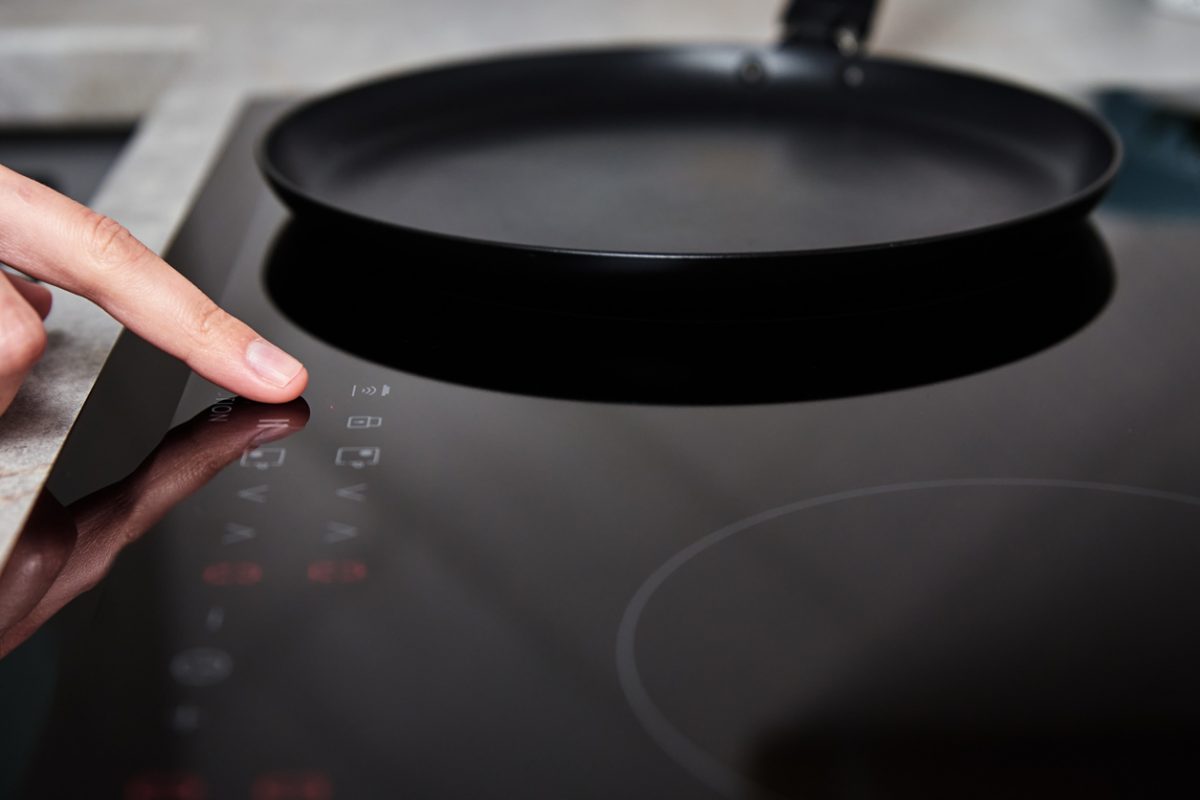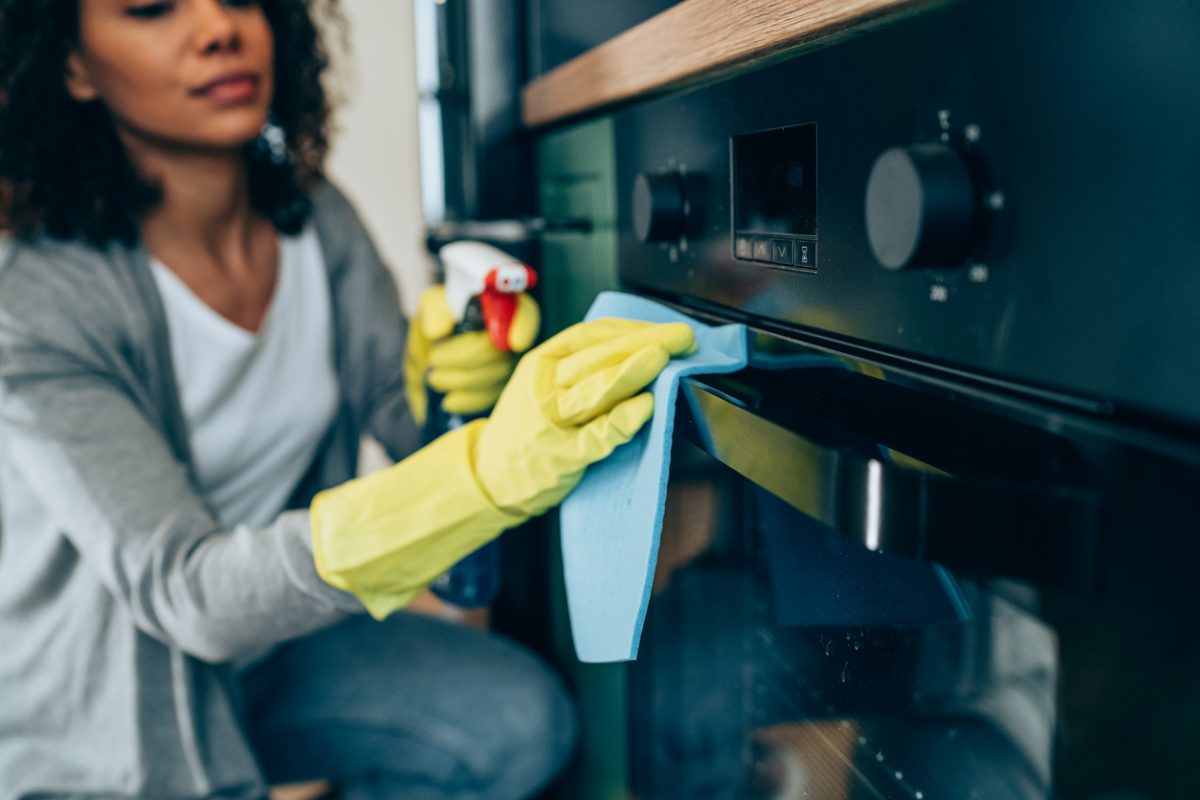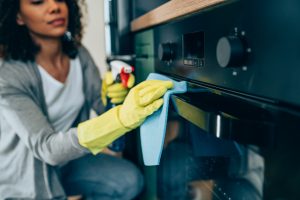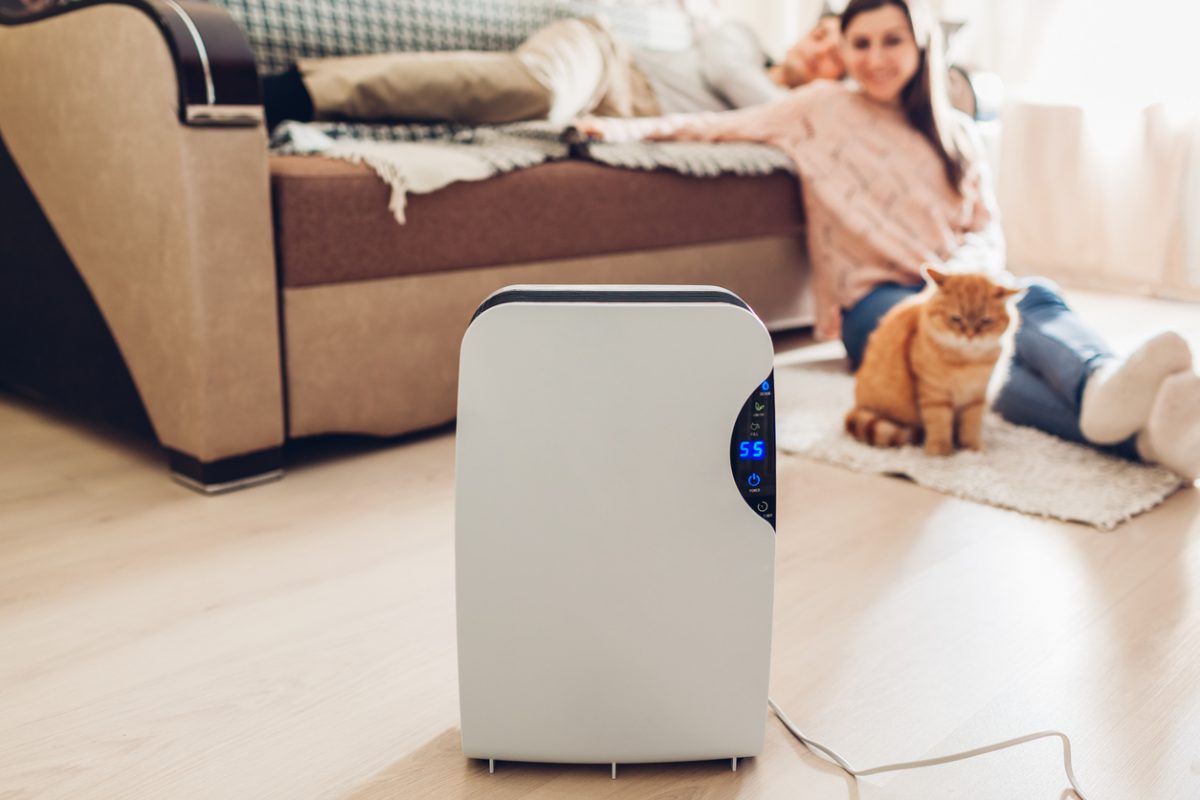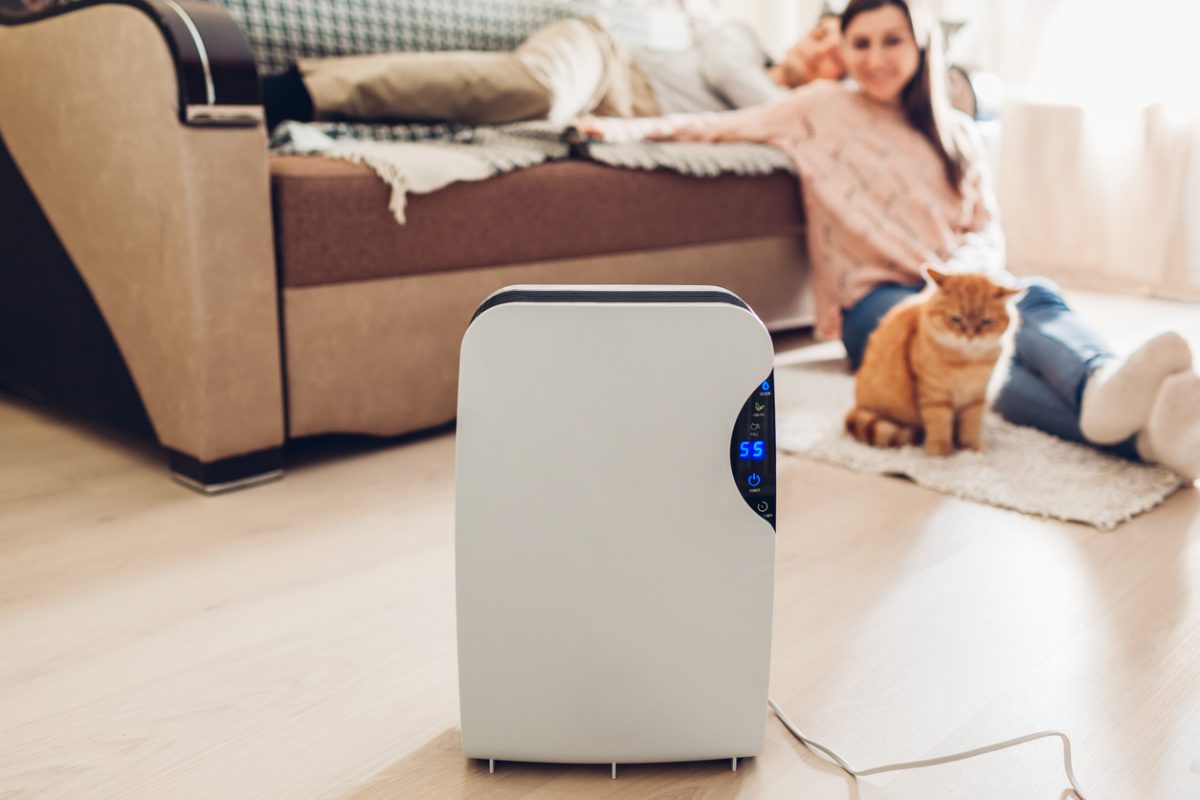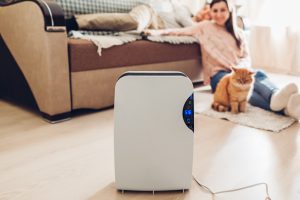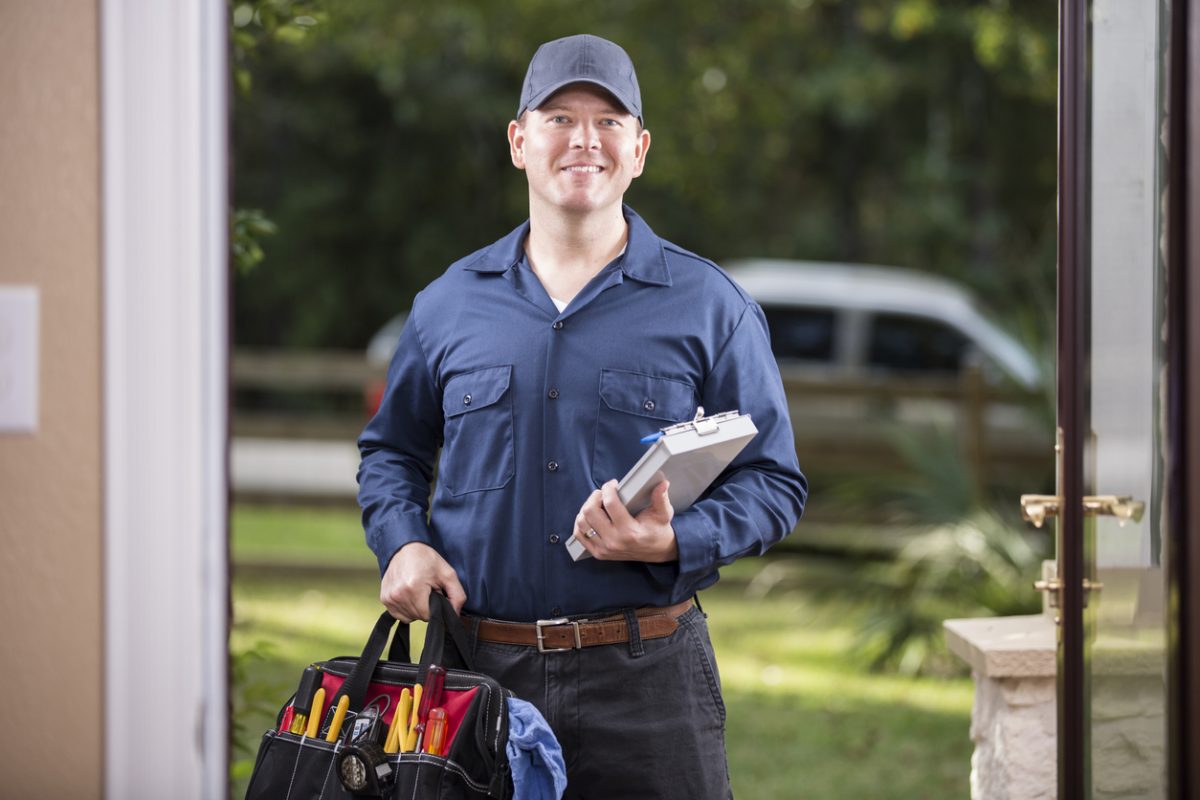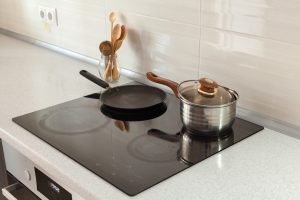 The recent proposal by the U.S. Department of Energy for extremely stringent energy standards that would effectively eliminate most existing models of gas ranges has many home cooks up in arms at the thought of losing their favorite cooking method. But it has also drawn more attention to a newer alternative: induction cooking. Once considered a high-end appliance feature, more models of induction cooking ranges, cooktops and portable models are now available for cooks who are interested in making the switch. The percentage of electric surface cooking units and electric ranges that include induction is still relatively small, but has risen steadily in recent years. According to AHAM factory shipment data, induction ranges make up less than 5% of all electric ranges, but the number has grown 40% over the past year. In 2022, induction cooktops made up about one-third of all electric cooktops, a 6% increase over the previous year. Induction is heating up!
The recent proposal by the U.S. Department of Energy for extremely stringent energy standards that would effectively eliminate most existing models of gas ranges has many home cooks up in arms at the thought of losing their favorite cooking method. But it has also drawn more attention to a newer alternative: induction cooking. Once considered a high-end appliance feature, more models of induction cooking ranges, cooktops and portable models are now available for cooks who are interested in making the switch. The percentage of electric surface cooking units and electric ranges that include induction is still relatively small, but has risen steadily in recent years. According to AHAM factory shipment data, induction ranges make up less than 5% of all electric ranges, but the number has grown 40% over the past year. In 2022, induction cooktops made up about one-third of all electric cooktops, a 6% increase over the previous year. Induction is heating up!
So how does induction cooking differ from gas and electric? Unlike gas and electric ranges, induction ranges use a magnetic field to transfer heat directly into the pan. Because of the direct heat transfer, there is no loss of heat, and what you’re cooking heats up faster! But only the pan, and what’s in it, will get hot. Not having hot cooking elements reduces the potential that nearby materials can ignite while cooking, according to the National Fire Prevention Association. Also, it’s unlikely that the burners will be accidentally turned on, since they won’t heat without the proper cookware on the burner, the NFPA says.
Induction burners will only work with cookware made of magnetic metals, such as iron or stainless steel. Most cookware is compatible – look at product packaging or marketing if you have any questions.
Hint: Cookware packaging will normally state if the cookware is compatible with induction surfaces. Cookware with a flat bottom will get you the best results.
Induction also offers more precise temperature control. You can even cook delicate items like dairy or chocolate for long periods, without worrying about fluctuations in temperature. It will take some practice, though, as induction cooking gets you to your desired temperature faster than gas or electric. Water, for example, will boil in about half the time. You’ll need to get used to the faster heating times.
The design of induction ranges, and the fact that they don’t get hot during cooking, can also lend itself to easier cleaning. Since the burners don’t heat up, spills aren’t going to burn onto the cooktop. (Though gas and electric ovens are also easy to clean, if you do it right.)

